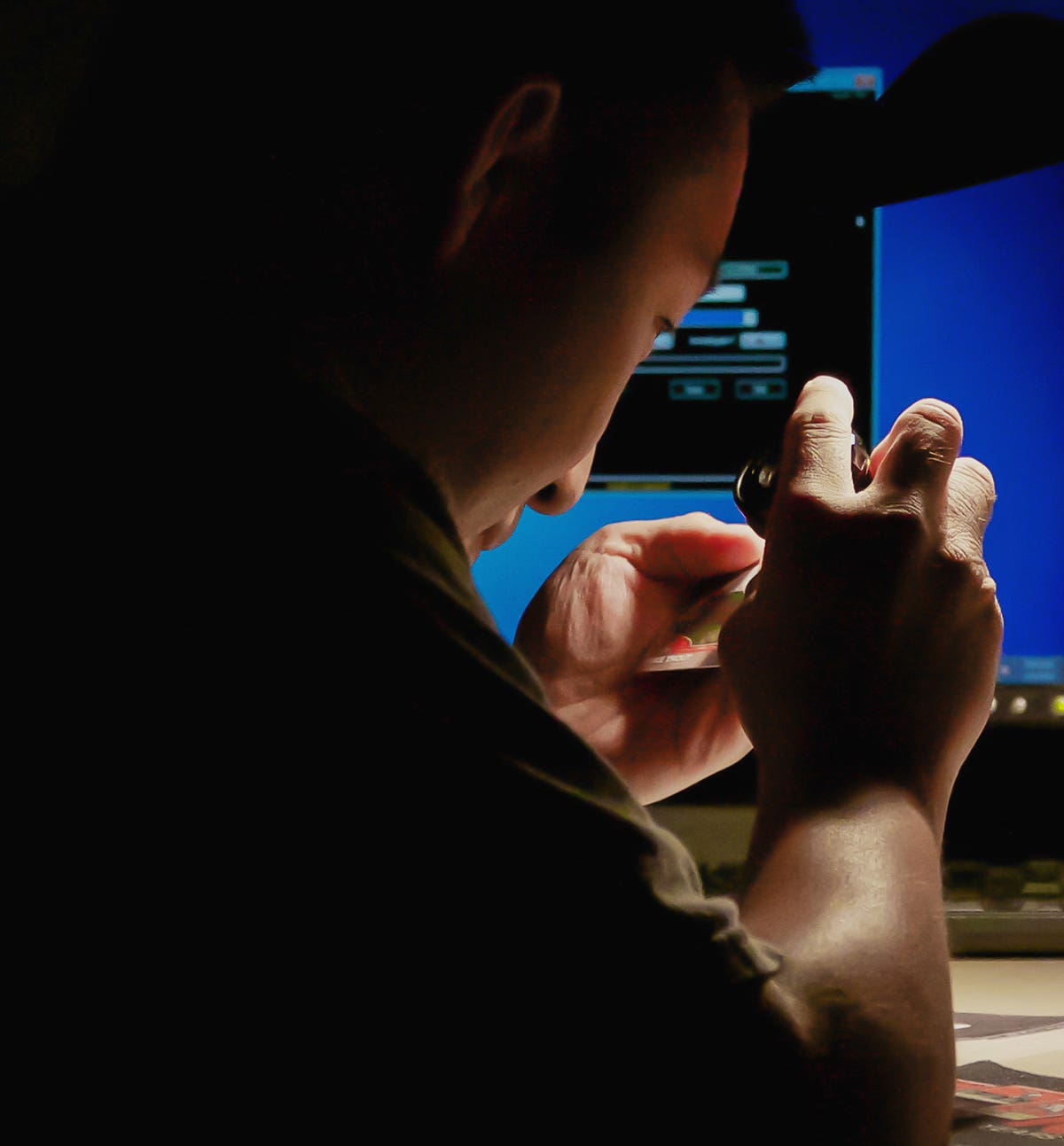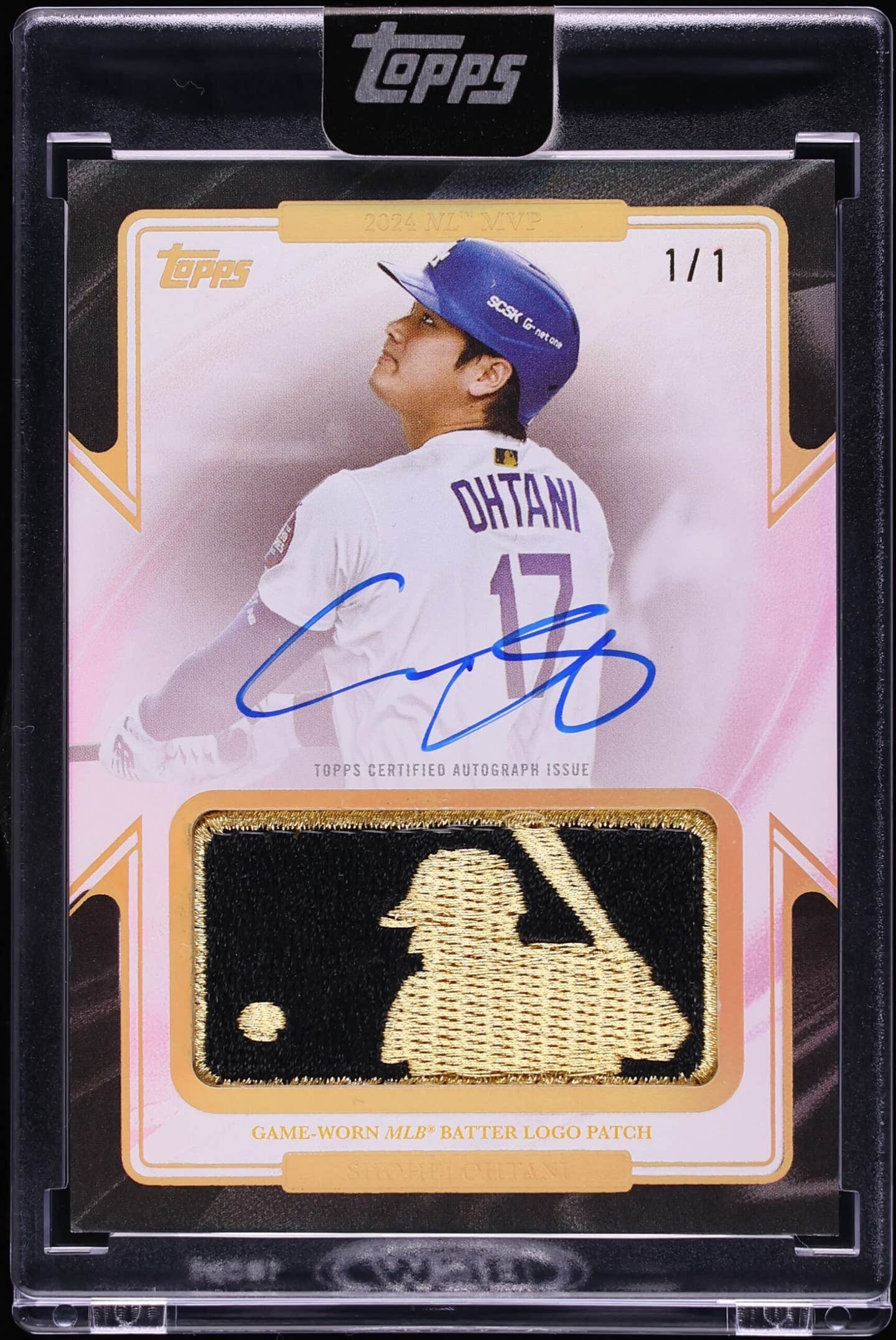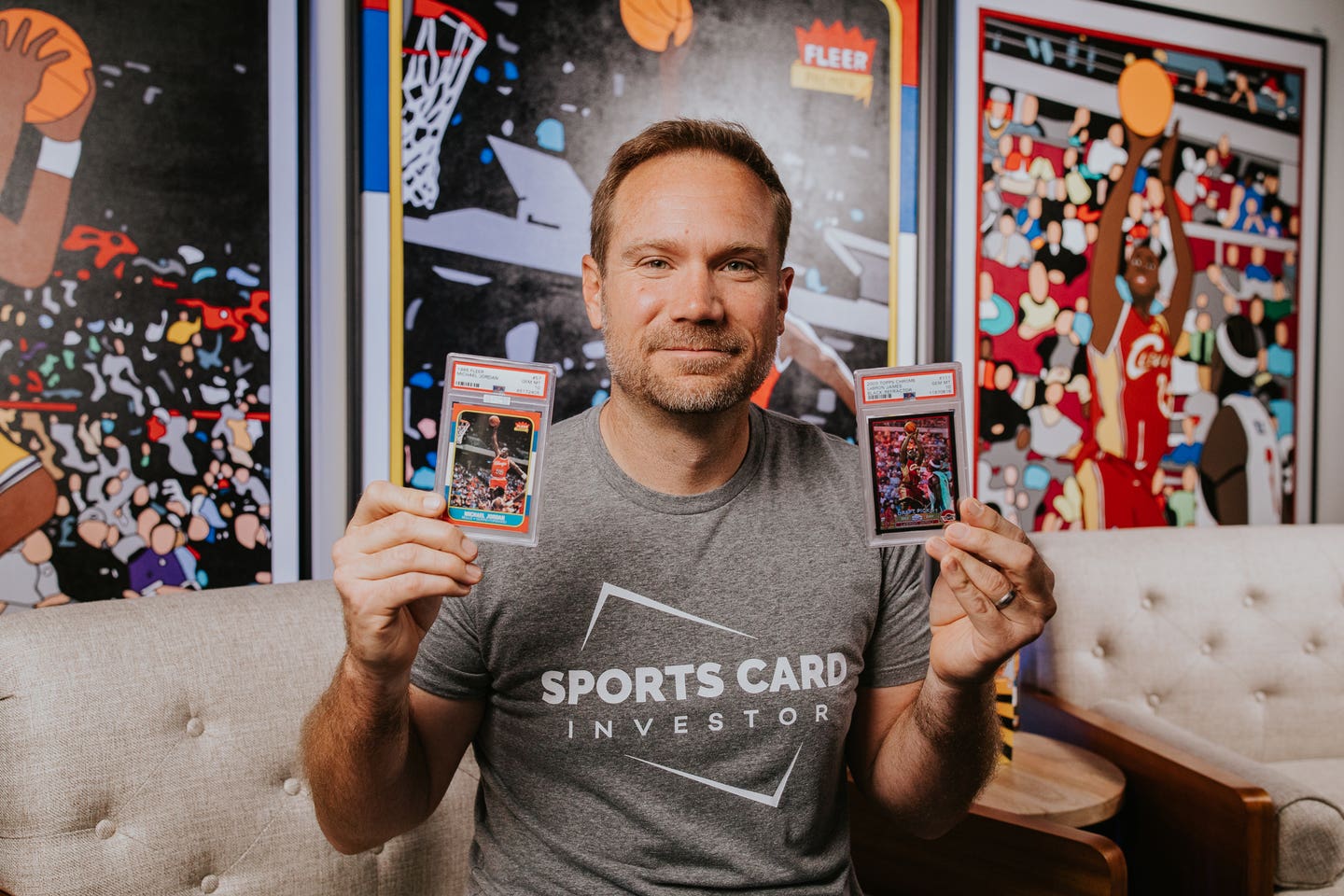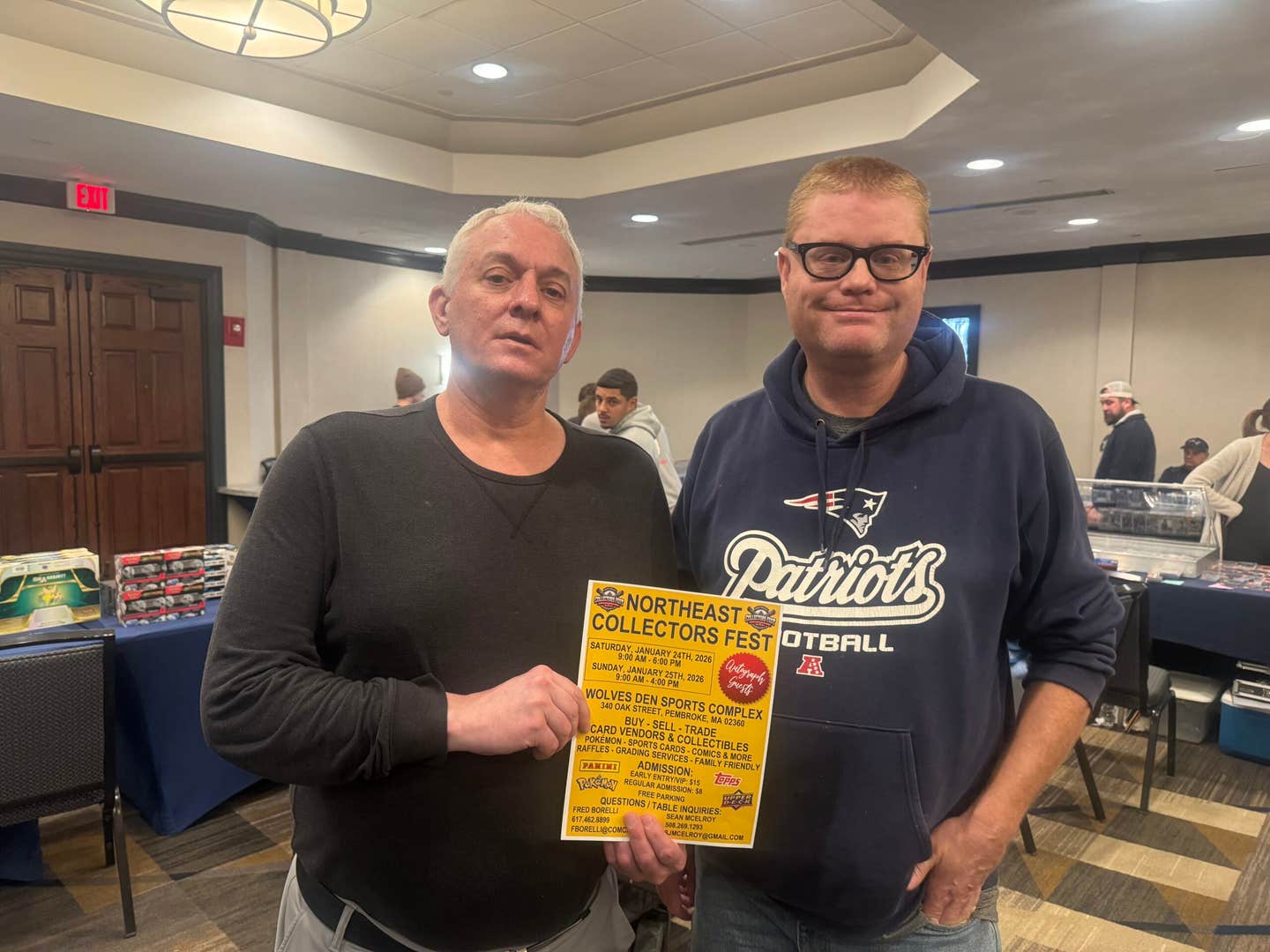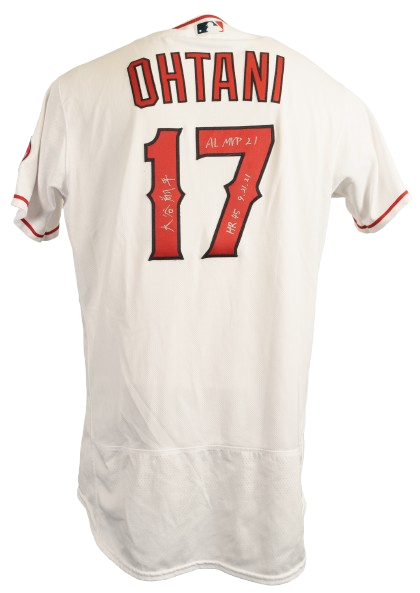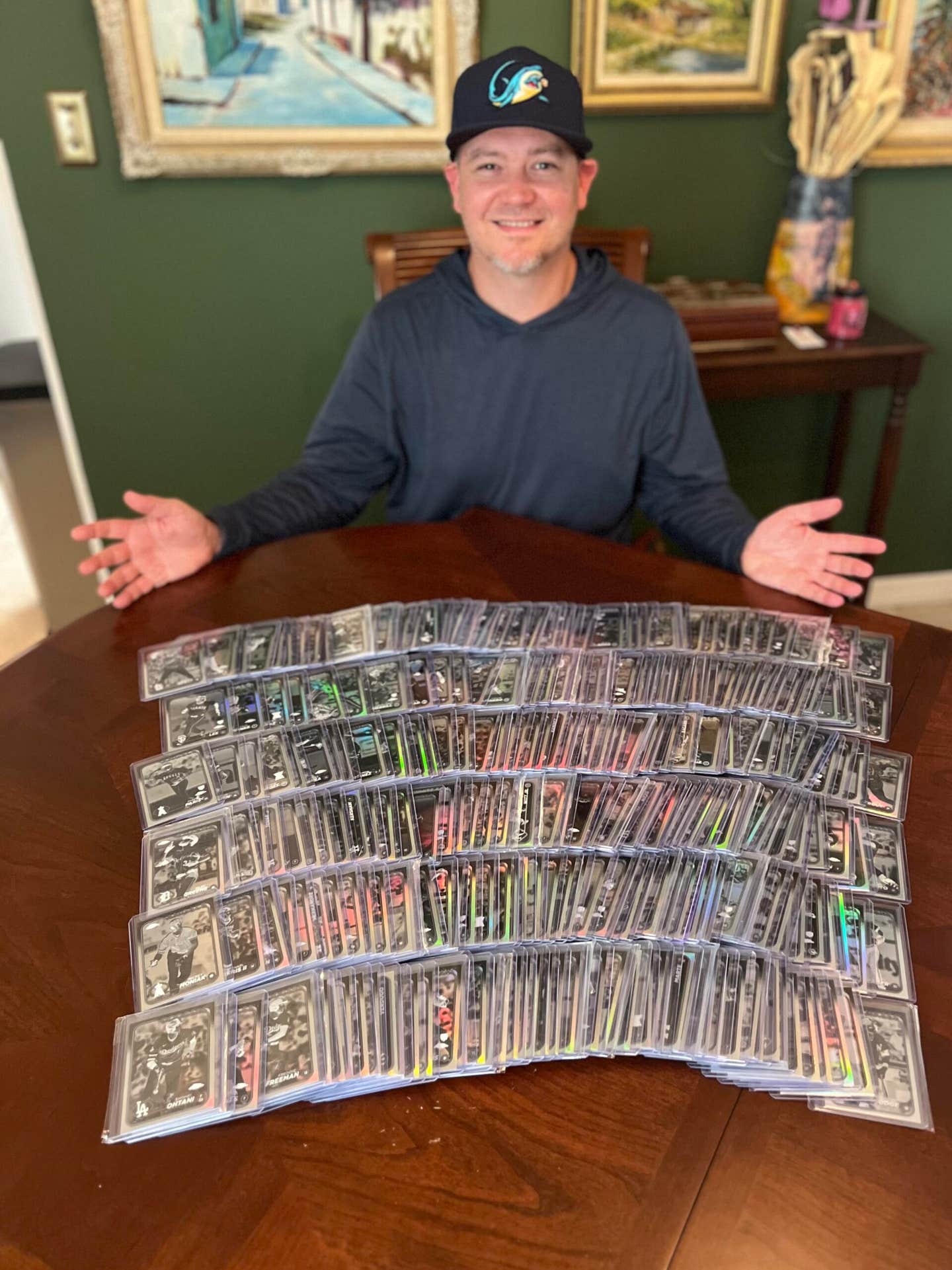Collecting 101
Collecting Cap: A giant from the early years – Par
In 1995, at the very end of a Mastro telephone auction, a game-used bat came up for sale. The swatting stick had just been put on the market, after being acquired by Bill Mastro from the last surviving grandchild of early baseball star Adrian "Cap" Anson. After Mastro recommended it to well-known collector Marshall Fogel, who was still on the telephone line, Fogel bought it for $6,000. Recently, Fogel said he was offered more than $200,000 for the bat in a combination of cash and trade value. In an interview with SCD, Mastro estimated the bat's value at around $100,000 and, at a bare minimum, at least $50,000 to $60,000.
Fogel, a Denver lawyer, called the bat "an integral part of my bat collection: the oldest Hall-of-Fame bat that I've been able to acquire that I've been able to prove was game used and was owned by the player that's in the Hall of Fame.'' He does feel that the bat is worth about as much as he was recently offered.
Proof that 19th-century bats were game used is especially difficult, because so much time has elapsed. However, Fogel said this particular one, 60 ounces and 34 inches long "never left the (Anson) family from the time he had the bat to the time that Cap's granddaughter Virginia Sherwood put it up for sale."
From her mother, Sherwood had inherited a strong combination of originally signed letters and other original items special to Anson. She sold off the vast majority of what she had to Mastro in the 1990s.
Taped to this particular bat were box scores from consecutive games in the 1880s when Anson hit five home runs over short fences in Chicago, which in right field were around 200 feet from home.
Mastro told SCD that while there is no proof that Cap used it, and that it was unclear which family member affixed the information card, it "looked like the card was on it forever." He said the main problem with early bats "is that they are lost for all time because they don't have any markings that show they belonged to" a particular player. That means that on the authenticity scale, authenticators next place great stock in bats that come from family members or that were part of prestigious collections.
Oddly enough, at the time he acquired the bat, and despite its "gigantic" size, Mastro said he didn't give much thought to it, as prices for bats were still relatively low. Only within the past decade have bat values gone through the roof.
There are at least two other reputed game-used bats from Anson, at least from his big-league career. The second bat was also acquired by Mastro from Sherwood, and it was sold for $20,700 by Robert Edward Auctions in 1995. That bat came with a brittle and darkened piece of paper attached to it that tells who was given the bat by Anson.
The third reputed bat weighs somewhat less than the first one, 48 ounces, and is around 36 inches long. Anson's bats apparently got lighter starting around 1887, when pitching rules changed dramatically to allow, for the first time, for overhand deliveries. Before then, at the start of each at-bat, the batter told the pitcher whether he wanted to receive pitched balls entirely above the waist, or entirely below. The pitcher, who generally threw from no higher elevation than sidearm, had to oblige, and for each pitch that diverged from the batter's request, the umpire called a ball on the pitcher.
The 48-ounce bat was ingeniously acquired by Dr. Richard Angrist, a New Jersey collector. To learn how he might acquire an Anson bat, he hired a memorabilia detective who tracked down the name of Sherwood's son Darryl, who indeed had one. It was made by J. F. Hillerich & Son in the company's first year, 1897 - and Anson's last as a player. Of special interest to Angrist was that it has a very carefully scored handle, meaning it was filed to presumably give Anson a better grip. By the way, the bat does not contain any brand marking, but that was customary in that era.
Angrist, around the time he acquired the bat in 2005, had been on a 10-year quest to acquire game-used bats from all members of the 500-Home Run and 3,000-Hit clubs. Anson, a member of the 3,000-Hit club, is the only 19th-century player in either group, as well as in the 1,500-RBI club. Now, Angrist can boast to having a full run.
Of all the bats he has acquired in those categories, there are two players who have even fewer reputed game-used bats than Anson: Joe Jackson and Napoleon Lajoie, and Angrist has both.
In breadth, Fogel claims to have the largest and most complete Hall of Fame game-used bat collection. His next-oldest bats that may be game-used are also impossible to determine for sure; they include the likes of Fred Clarke, Roger Bresnahan, Joe Tinker and Frank Chance.
Although not in the same class as the Angrist and Fogel bats, there is an Anson-related one still in the possession of his descendants: great-grandson Darryl Sherwood has a silver-colored bat that Notre Dame presented Anson in 1898; Anson had attended the college's high school-age boarding program in the late 1860s.
For buffs of early baseball memorabilia, Anson is one of the most treasured names, with memorabilia of his a relatively late addition to the buyer's market.
However, for a company like Mastro, Anson is a drop in the bucket. After all, Mastro Auctions has bought and sold hundreds of millions of dollars worth of sports memorabilia and now does around $45 million in sales per year. Mastro said he has bought 19th-century collections worth a lot more, and that a downside of the Anson collection is that there is not a lot of stuff from his playing career. Most of it was from later on, Mastro noted.
By far the largest accumulation of Anson memorabilia surfaced in the 1990s, soon after Virginia Sherwood, Anson's last surviving grandchild, sold many of the family's most-valuable memorabilia items to Mastro. They included dozens of letters Anson signed to family members while he was city clerk of Chicago from 1905-07.
Mastro said he bought Sherwood's collection for around $80,000, and that the letters were the highlight of it. "For years, I've run small ads in all the big antique papers and I guess somehow she found me through one of those and called me up."
He ended up visiting her and Florida and was "in and out in a day." While he had a picture taken with Sherwood, Mastro says it was not because he gets a particular thrill in meeting family members of baseball stars. Mastro noted that for him it was a business deal, adding that he bought everything that she showed him. Still, he found her memorabilia "just unbelievable."
The letters entered the market in the $2,000 range, said Kevin Keating, owner of Quality Autographs and Memorabilia of Virginia. "Resurfacing examples have sold for varied prices and commonly trade in the $5,000-$10,000 range today." Before the letters entered the market in the 1990s, a telegraph written and signed by Anson had sold in 1991 for around $10,000. "This was an astronomical amount at the time for an autograph. Few baseball-related items of any kind had cracked the five-figure mark then, and fewer still the number of items for their autograph value." Keating suspects that the 1991 sale inspired Anson's family to release letters and documents into the market shortly thereafter.
Mastro found the letters especially marketable because, despite being written to family members, Anson liked to sign his name "A. C. Anson.
"
"It was great for me because that's what people want to buy. People don't want to buy a letter signed 'Dad' or 'Pop.' ''
At the time he bought the letters, finding Anson's autograph was imposs ible, Mastro said. Thanks to his purchase, that is no longer the case.
Mastro says he is not a big autograph guy and that what he buys for his personal collection has to be eye-popping. He likes to display his collectables in his home and that as far as letters, "To me, it's a very boring sort of collectable" and is not very interesting to frame and put on the wall.
This past December, something in the eyepopping category - a baseball signed by Anson with a signature grade of 5 and a ball grade of 1 - was sold by Mastro Auctions for $73,000. The ball came from a collection of single-signed, 19th-century balls.
Like the ball, which also contains the notation "Mgr. Chicago B.B.C.," much of Anson's surviving memorabilia has a tie-in to Chicago, the city where he played for 22 of his 27 professional seasons, which spanned 1871-97. Of his 22 Chicago years, 1876-97, he was captain-manager for the final 19. At first, the Chicago club was known as the White Stockings.
Then, by the 1890s, it became more commonly known as the Colts, for all the young players on the team. A strong Chicago connection remains to most of the items from his post-career, 1898 to 1922, as he continued to live there except while touring extensively in vaudeville in the 1910s.
It is to his post-career that most one-of-a-kind Anson items relate. They include contracts and publicity materials from his vaudeville career.
One such item was the original plate of a cartoon of Anson by future Pulitzer Prize-winning cartoonist John McCutcheon in the mid-1890s. The cartoon, which Anson used widely in his publicity, refers to Chicago's 1886 championship.
The plate was among a number of items from granddaughter Sherwood that Chicago-area dealer-collector Dan Knoll acquired from Mastro shortly after Mastro acquired them. Mastro said he sold the overwhelming majority of items he acquired from Sherwood to Knoll, with the exceptions of many of Anson's letters, a few pictures and a uniform.
Knoll said Mastro's Anson memorabilia was so popular among established dealers, who wanted to buy the items for their personal collections, that "Bill may have even said that this stuff will not even make it to public sale."
Knoll did eventually unload all of his Anson holdings, after deciding to focus his personal collecting on items related to the 20th-century Cubs' championship teams from 1906-84. However, "I guess the older I get and the more mature of a hobbyist I get the greater the appreciation I have for Anson and of that time period of that ilk because look where the game is at today." Of all the items of Anson he owned, the one he remembers the most was a city clerk-era letter to his daughter that started out in a very fatherly fashion, and ended in a more business-like way, with Anson apparently taking a break between writing the different parts of the letter.
(The article will conclude in a future issue of Sports Collectors Digest.)



